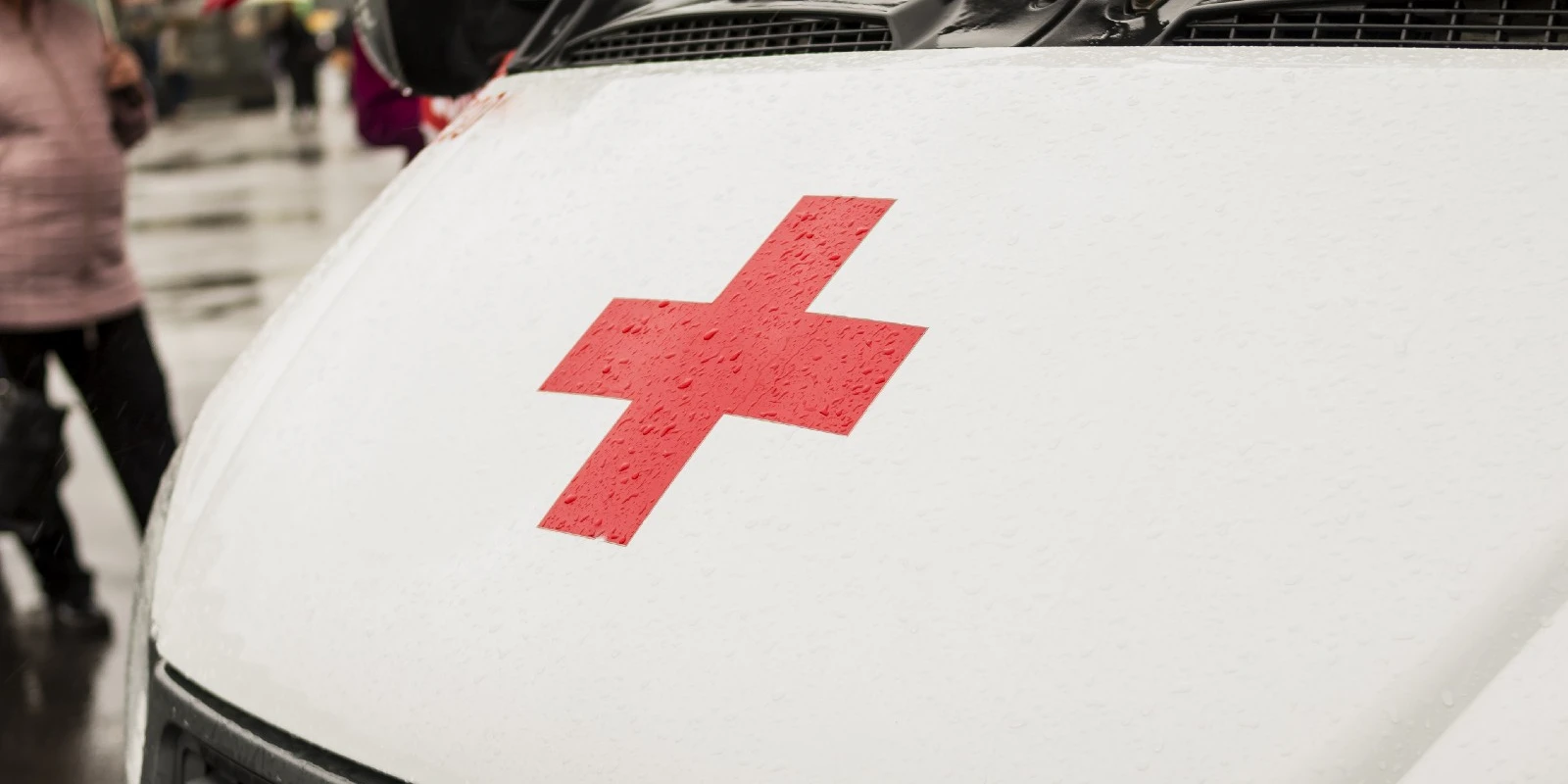
At the recent American College of Chest Physicians CHEST conference in Austin, Texas, I gave a talk on Disaster Preparedness for Oxygen-dependent patients and Out-patient physicians on behalf of its Disaster and Global Health Network. This is an important subject and I wanted to share a few take-away points for anyone who wasn’t able to attend the session on October 7, 2018.
As we in healthcare watch disasters unfold, we are saddened by loss and suffering. There have been tremendous strides in preparedness and coordination at hospital, local, state, and national levels; however, every year, disasters are increasing in frequency and devastation. Lack of power, communication, and transportation are common in the aftermath of any disaster, whether hurricanes, fires, or floods. As our population ages, the number of people using durable medical equipment (DME) is rising.[1] According to Medicare, over 1.4 million adults were receiving supplemental oxygen in 2008.[2] Many more adults are using CPAP daily. During and following a disaster, these individuals are particularly vulnerable.[3]
Unfortunately, disaster resources and preparedness is insufficient in targeting the number of people using life-sustaining DME equipment and these individuals are often left to fend for themselves or appear at hospitals to find a source of power for their equipment. This issue is ubiquitous with every disaster and receives very little planning by office-based providers and patients. DME providers may be impacted by the disaster and unable to deliver oxygen to their patients as occurred following Hurricane Maria.[4] It would be beneficial to pre-identify these individuals, educate them and their families regarding evacuation, and be able to support them before, during, and after a disaster event. Unfortunately, current electronic medical record (EMR) systems do not integrate with DME companies and it is impossible for hospitals or practices to identify patients within their system using oxygen support equipment.
I believe this is a missed opportunity of EMR systems. The Kidney Emergency Response Community (KCER) has been effective in the identification of their patients and maintains a registry which is incorporated within the US and International disaster response systems.[5] Until systems are in place to support these individuals, it is paramount for physicians and providers to help their vulnerable patients anticipate their medical needs at minimum, in the event of a power failure. Here is a list of recommendations which I provide to my patients. There are some other valuable guides developed by the Department of Health Services-ASPR, the COPD Foundation and the American Thoracic Society referenced below. [6,7, 8]
-
Know your DME provider: Document the # and POC (point of contact) in your phone, wallet, and carry-case at all times. They will be your source for O2 replacement and will be quite busy during a disaster, but often will send out extra-tanks when possible. Ask your DME provider for a portable tank of oxygen prior to a disaster.
-
Inform your electric company of your need for DME equipment: in many areas, regional power outages can be limited to avoid your section. Discounts may be available.
- Maintain a mini go-bag at all times with a small supply of your meds, nebs, cannulas, and inhalers.
-
EVACUATE early: most disasters result in some aspect of power limitation, poor air quality, and disruption of supply chains. Shelters, hotels, family members will have people and backup power to assist you.
-
Batteries: make sure you have charged batteries for any portable device. Keep a flashlight handy by your bed.
It is also important for physician offices to maintain preparedness and have a plan to function following a disaster event. In 2016, CMS mandated preparedness for out-patient rehabilitation facilities, DME providers, surgical centers, and various other institutions contracted with Medicare and Medicaid.[9] Private office practices do not fall within this mandate; however, physician offices have been impacted by disasters and may need temporary relocation due to damaged structures and equipment.
Significant declines in revenue and ability to meet expenditures can result in physicians abandoning a region where their services will be sorely needed. According to The Doctor’s Company[9], a physician insurance provider, it is recommended offices should have an all-hazards plan to include methods to: communicate with their staff, establish a telephone triage system, consider plans for medical records salvage or documentation, check their insurance coverage, have a plan for replacement of drugs/equipment/inventory, and establish a method for informing patients of any new office contact information. By initiating preparedness conversations amongst ourselves and our patients, we can help mitigate the impact of disasters on individuals and the community we serve.
Dr. Asha Devereaux is a Past-chair of the ACCP Disaster Response Network and Task Force for Mass Critical Care. She has responded to disasters since 2003.
References
- Bernstein AB, Hing E, Moss AJ, Allen KF, Siller AB, Tiggle RB. Health care in America:Trends in utilization. Hyattsville, Maryland: National Center for Health Statistics. 2003
- Nishi SPE, Zhang W, Kuo Y-F, Sharma G. Oxygen Therapy Use in Older Adults with Chronic Obstructive Pulmonary Disease. Chalmers JD, ed. PLoS ONE. 2015;10(3):e0120684.
- After Hurricane Maria, Physicians Team Up to Provide Care, Ricki Lewis, PhDOctober 06, 2017, Medscape.com
- Keeping Facilities Open: Stabilizing and Restoring Puerto Rico’s Health Sector Following the Island’s Worst Hurricane Season Ever ASPR Blog by mary.radebach@hhs.gov on 12/14/2017
- Kidney Community Emergency Response https://www.kcercoalition.com
- ASPR TRACIE: https://files.asprtracie.hhs.gov/documents/aspr-tracie-ta-oxygen-therapy.pdf
- Developing a Disaster Preparedness Plan, COPDFoundation.org
- Adapted from ATS Pt Education Series- How to Prepare for an Emergency or Disaster When You Have Lung Disease or a Sleep Disorder, Permut, Satti, Sockrider, Am J Respir Crit Care Med Vol. 194, P13-P14, 2016
- Federal Register. Publication Date: 09/16/2016 (/documents/2016/09/16) Agencies: Centers for Medicare & Medicaid Services (https://www.federalregister.gov/agencies/centers-for-medicare-medicaid- services) Effective Date:11/15/2016Document Type:RuleDocument Citation:81 FR 63859Page:63859–64044 (186 pages)
- Brightwell, J. Disaster Preparedness for Your Medical Practice. Department of Patient Safety and Risk Management-The Doctors Company







